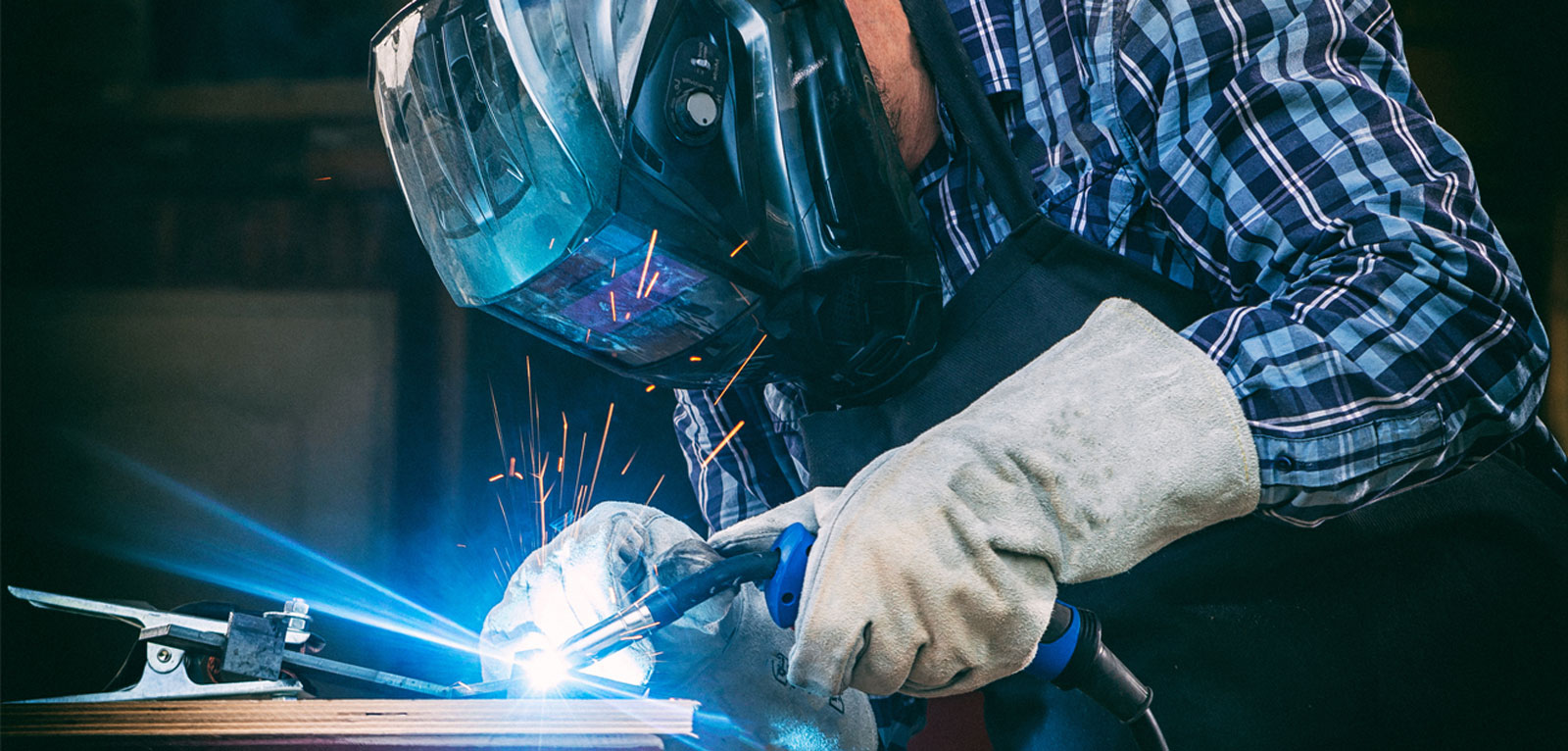Recognizing the Various Types of Welding Techniques and Services Available

Overview of Welding Strategies
Welding techniques encompass a varied variety of methods made use of to join materials with each other completely. One typical method is arc welding, which includes developing an electrical arc between an electrode and the base product to melt and fuse them together. This technique is versatile and can be used with numerous metals, making it among one of the most commonly used welding processes.

Additionally, TIG welding, or Gas Tungsten Arc Welding (GTAW), is a exact and tidy welding approach that makes use of a non-consumable tungsten electrode to develop the weld. TIG welding is generally utilized for thinner products and gives excellent control over the welding procedure. In general, understanding these different welding methods is essential for choosing the most appropriate technique for various projects.
Commonly Made Use Of Welding Approaches
One of the most extensively utilized techniques is Gas Steel Arc Welding (GMAW), likewise known as MIG welding. One more common approach is Shielded Metal Arc Welding (SMAW), or stick welding, which makes use of a flux-coated electrode to produce the weld - Welding Inspection Service. Flux-Cored Arc Welding (FCAW) is commonly utilized in commercial settings due to its high welding speed and mobility.
Advanced Welding Solutions
Structure upon the structure of commonly used welding approaches, the realm of advanced welding solutions includes innovative techniques and technologies that press the boundaries of accuracy and performance in material joining processes. Advanced welding solutions frequently include specialized approaches such as laser welding, electron beam welding, and friction mix welding. Laser welding makes use of a highly focused light beam of light to precisely join steels with very little heat-affected areas, making it optimal for fragile or complex parts. Electron beam of light welding, on the various other hand, uses a high-velocity electron beam to create deep weld infiltrations in materials like aerospace alloys or different steels. Friction stir welding, a solid-state signing up with procedure, enables the welding of materials that are challenging to fuse utilizing typical techniques, like light weight aluminum and copper. These innovative methods provide enhanced control over the welding process, leading to more powerful, a lot more long lasting welds with reduced distortion and enhanced general high quality.
Specialized Welding Methods

One more specialized welding method is laser light beam welding, where a highly concentrated beam is made use of to sign up with steels with marginal heat-affected areas and distortion. This technique is frequently utilized in industries needing high precision and cleanliness, such as electronics and medical device production. Furthermore, explosive welding is an one-of-a-kind technique that uses regulated dynamites to bond dissimilar metals with each other, developing solid and trustworthy joints. These specialized welding methods display the diversity and innovation existing in the area of welding, supplying remedies for a large range of industrial applications.

Selecting the Right Welding Refine
Selecting the proper welding procedure is paramount in accomplishing optimum cause steel construction and signing up with operations. With various welding methods readily available, it is essential to consider factors such as the kind of steel, density, joint layout, and desired outcome when picking the appropriate welding process - Welding Inspection Service. Amongst the typical welding techniques are Gas Metal Arc Welding (GMAW), Shielded Metal Arc Welding (SMAW), Gas Tungsten Arc Welding (GTAW), and Flux-Cored Arc Welding (FCAW) GMAW, likewise called MIG welding, is ideal for welding slim to thick steels and is flexible in numerous settings. On the other hand, SMAW, or stick welding, is a trusted method for outdoor and area welding due to its portability and simplicity. GTAW, or TIG welding, is perfect for welding thin materials and supplies specific and high-grade welds. FCAW is preferred for welding thick materials and is understood for its high welding speeds. Comprehending the features of each welding process is vital in choosing the most suitable technique for a certain welding project.
Verdict
Finally, understanding the numerous kinds of welding techniques and solutions readily available is necessary for choosing the right approach for a particular task. By understanding the generally utilized welding techniques, progressed welding solutions, and specialized methods, people can make informed choices to guarantee the success of their welding jobs. It is essential to think about factors such as products, task needs, and spending plan when choosing one of the most suitable welding procedure.
From traditional methods like stick welding to sophisticated processes such as laser welding, the globe of welding offers a wide range of choices for signing up with metals with each other.In addition, TIG welding, or Gas Tungsten Arc Welding (GTAW), is a clean and precise welding approach that utilizes a non-consumable tungsten electrode to develop the weld. Advanced welding go to this site solutions often click to find out more involve specialized techniques such as laser welding, electron beam welding, and friction stir welding. Among the typical welding approaches are Gas Metal Arc Welding (GMAW), Shielded Steel Arc Welding (SMAW), Gas Tungsten Arc Welding (GTAW), and Flux-Cored Arc Welding (FCAW) By being mindful of the generally made use of welding methods, advanced welding solutions, and specialized strategies, people can make educated decisions to guarantee the success of their welding jobs.